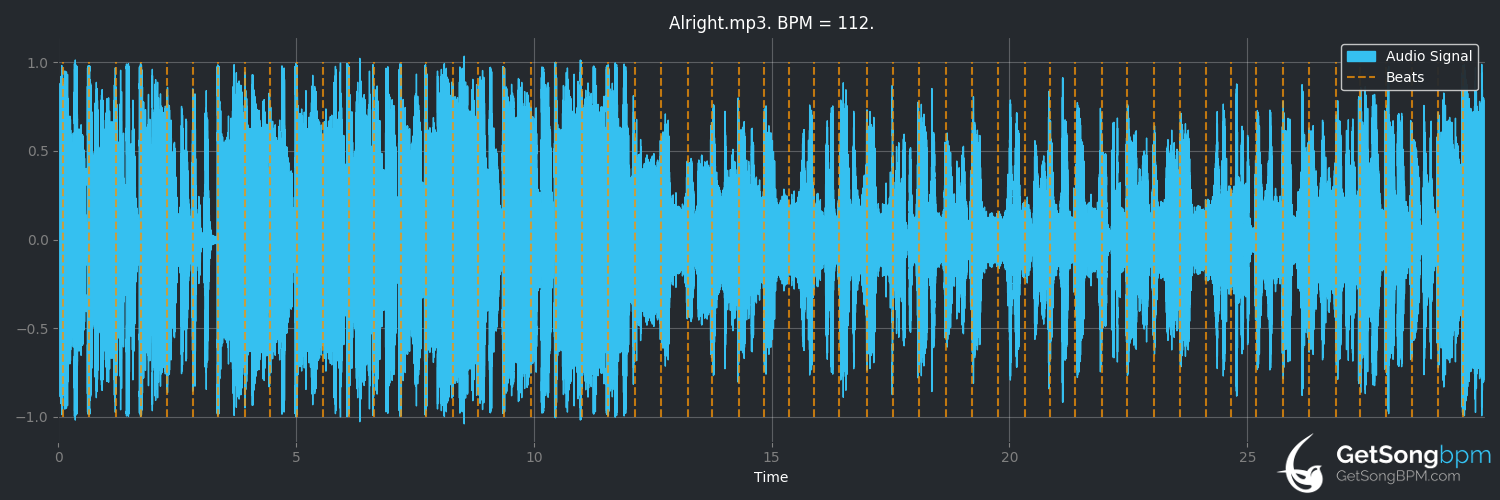

The album opens with a group of young men reciting a prayer.

Meant to play out like a short film rather than an album, it is has a thematic thread that strings each song into a cohesive narrative. city as a reflection of his life path, from his upbringing in Compton to his modern state of mind. Because you too are searching for answers.” In other words, he is a human and he embraces all the oddities and complexities that come along with that. He says himself: “the next time I talk about money, hoes, clothes, god and history all in the same sentence, just know I meant it and you felt it. He is neither the prophet of the streets nor a what-are-they-thinking critic of the ghetto.

Rather, he says that he “never want people to classify his music.” He crafts moments of introspection that run right up against more traditional “hood rap” lines. Lamar, in particular, built his reputation around the idea that he was not just a “conscientious” rapper. Dre tries to give him a handout he’s “gonna take his wrist and break it.” The Black Hippy crew have been nothing but fiercely independent from the outset, each carving out their own style and working hard to protect it. After all, Lamar’s early work was littered with lines like “fuck a funeral, just make sure you pay my music respect.” And on Section.80‘s “The Spiteful Chant” he notes that if Dr. Close followers of Lamar’s ascension perhaps knew that this would be the case. Good kid, m.A.A.d city is Lamar’s forceful declaration that being swallowed by the hype was never even an option. In other words, he was perfectly positioned to lose his sense of purpose. At only 25, he was about to release the only Aftermath record that wasn’t by Eminem or 50 cent in the last 6 years he was being labeled the next great leader of West Coast hip-hop and he was cutting tracks with Lady Gaga (?). Leading up to the release of good kid, m.A.A.d city, one couldn’t help but wonder if Kendrick Lamar would be handicapped by his rapid move into the limelight. It’s unfortunate, because while these artists have followed their early success with some interesting work (save for Jay Elec, who could be dead for all we know), those projects will inevitably be deemed lackluster next to that first blistering verse/mixtape/release. Acts like Wale, Blu, Clipse, Jay Electronica, Pac Div, The Knux and a litany of others have, in one way or another, failed to consistently deliver on their significant promise. Too often, these expectations are misplaced. Artists that show early promise are often touted as the next savior of hip-hop – a shining light of “realness” amidst the drudgery of the average rapper. Underground rap music is rife with high expectations.


 0 kommentar(er)
0 kommentar(er)
